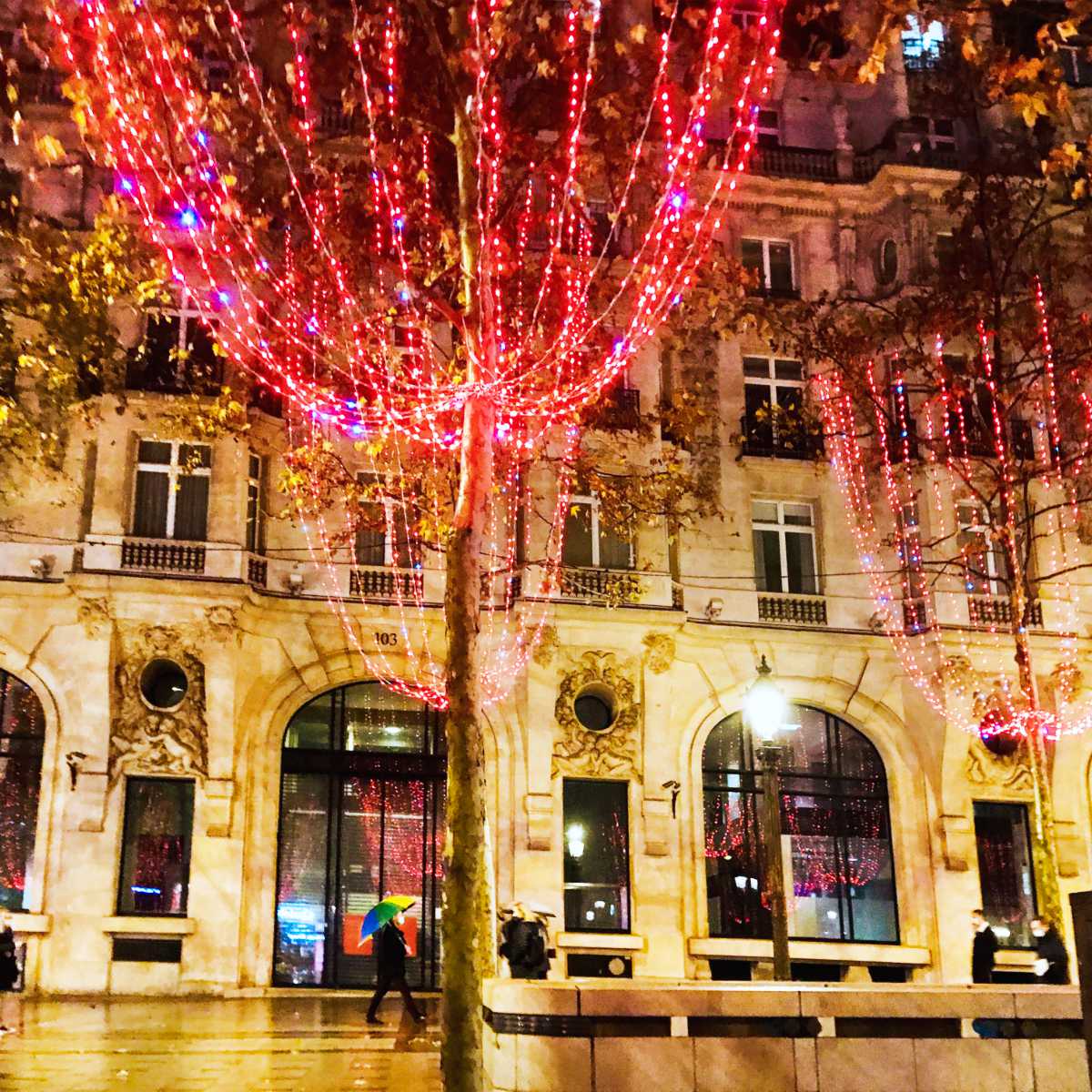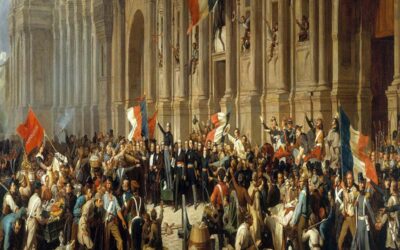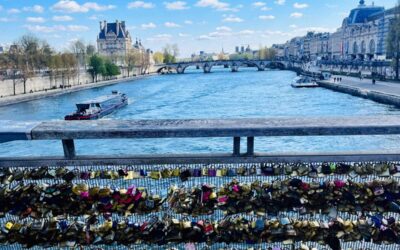New Year’s eve is all about making a fresh start and starting anew, and this is no different in France. Like the rest of Europe and much of the world, France follows the Gregorian calendar.
As such December 31st is the eve of the New Year where you get to go around celebrating and have a holiday on January 1st to recover.
Jour de l’An
English translation: “New Year’s day“
While January 1st is called Jour de l’An, the actual day of New Year’s eve is known in French as “la Saint-Sylvestre“. It is named after the Roman Catholic Pope Sylvestre I, who died on December 31, 335 AD.
His feast is celebrated as Saint Sylvester’s Day on 31 December in Western Christianity. Interestingly, at the time the start of the New year was not January 1st, but rather around the end of March. In 1564, France switched away from the “Julian Calendar” to the “Gregorian calendar” to designate January 1st as the start of the New Year.
Like in most other countries, the day is no longer very religious in France. The French do have their own traditions for the “St. Sylvestre”, which of course involves large amounts of champagne and merry-making. So let’s explore the New Year’s eve traditions in France, shall we? Allons-y!
1. Wishing everyone Bonne année
French people will usually greet people with a “Bonne Année” the first time they see them that year, even if they are deep into January.
Bonne année!
English translation: “Happy new year!”
It could be January 15th, and French people will still be wishing each other “bonne année” if it is the first time they have seen the person in the New year.
And along with “Bonne Année“, they may also add “Bonne Santé“, meaning “Good health” to wish everyone well.
2. Celebrating with friends and family
For most French people, the tendency is to go to someone’s house for a party rather than go on the Champs Elysées (which is where the tourists tend to go), or an expensive dinner out.
The tendency for the French is to have an apéro-style drinks and dinner with family and friends, and then count down late into the night. Restaurants, bars, and clubs are of course popular at New Year’s eve as well, I’ve noticed that house parties tend to be more popular in France than in other countries.
3. Kissing (the bises)
In France, the tradition when greeting someone you know well is to greet with the bises or “cheek kisses”.
And at midnight on New Year’s eve after the countdown, the tradition in France is to go around to each person you know and wish them “bonne année” with la bises.
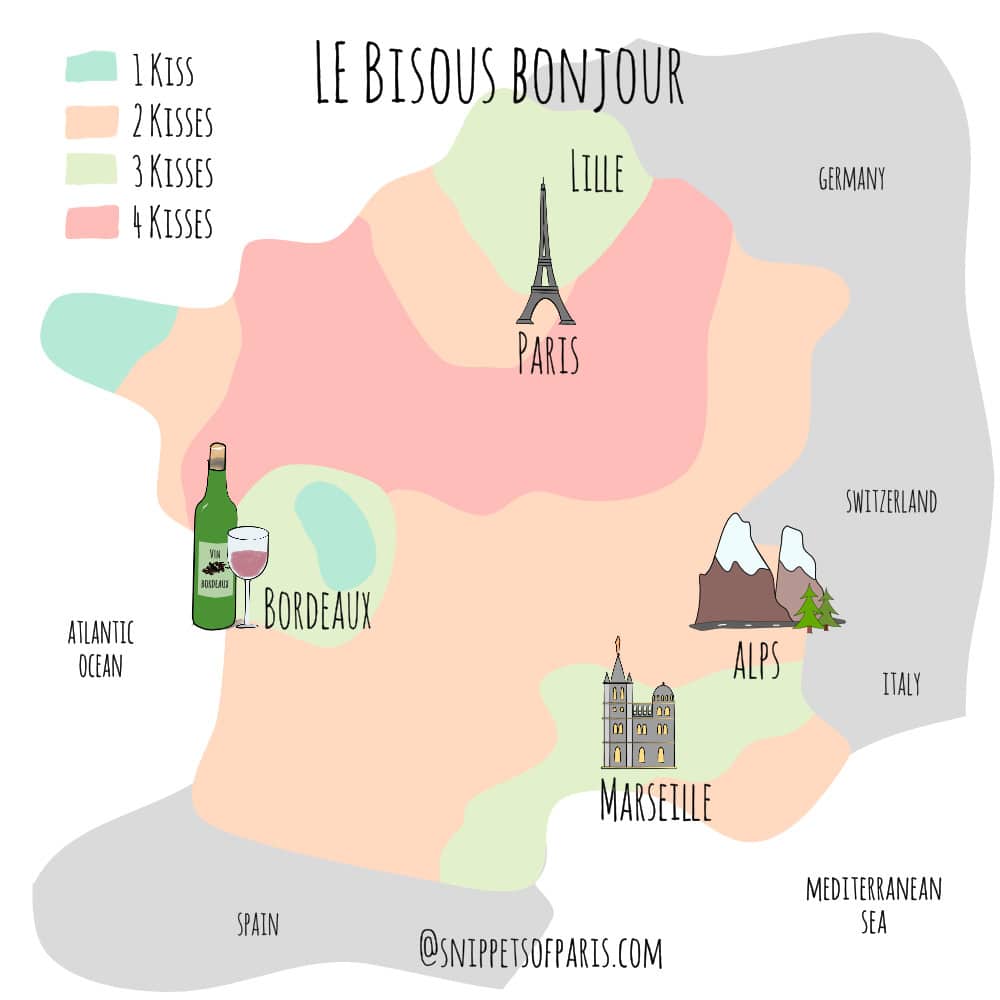
It is usually 2 or 3 cheek kisses, depending on where in France you are. If you are at a house party in France, the tendancy is to go wish every person at the party even if you don’t know them as well.
If you are at a restaurant or other public space, obviously you will only wish the people you are acquainted with.
4. Oysters and champagne
The big tradition at New Year’s eve in France is to serve oysters as an appetizer. Served with a glass of French champagne, of course.
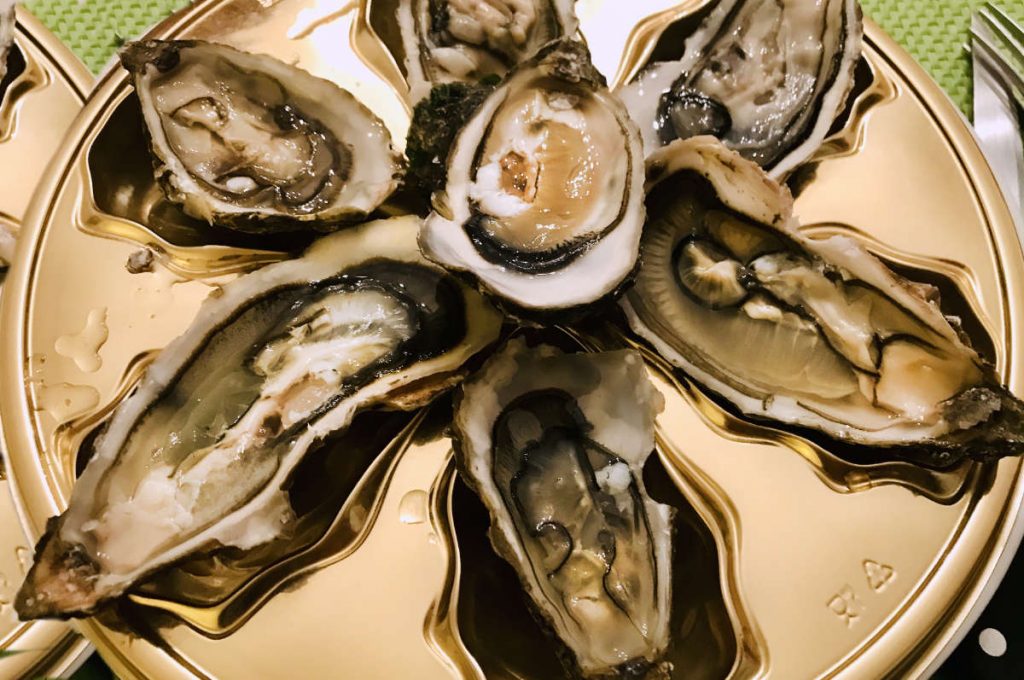
A classic French dish, fresh oysters are not usually cooked in France, but served as is fresh from the ocean. (Fresh oysters are also a must-have in France for Christmas dinner.)
The hardest part about serving oysters is opening the top shell. But once that is done, just squeeze a bit of lemon on them and serve in a tray. Be sure to purchase your oyster at a highly regarded poissoniere (fishmonger) or dine at a reputable restaurant, as you do not want to risk food poisoning from bad oysters!
5. Fancy dress house parties
Since house parties with family and friends are so popular for New Year’s eve rather than going out, French locals often organize fancy dress parties to make the event more festive. (Halloween is not really a thing in France, so New Year’s eve is it.)
It is not a kid thing, but rather adults who will dress up in their favorite costume (while the children are hopefully safely at home in bed with a babysitter.)
6. Bûche de Nouvel An (Cake)
Like the Bûche de Noël served at Christmas, a Bûche de Nouvel An (meaning “New Year’s log”) is usually served on New Year’s eve. It is a traditional French cake that is served at dessert time, along with a digestif.
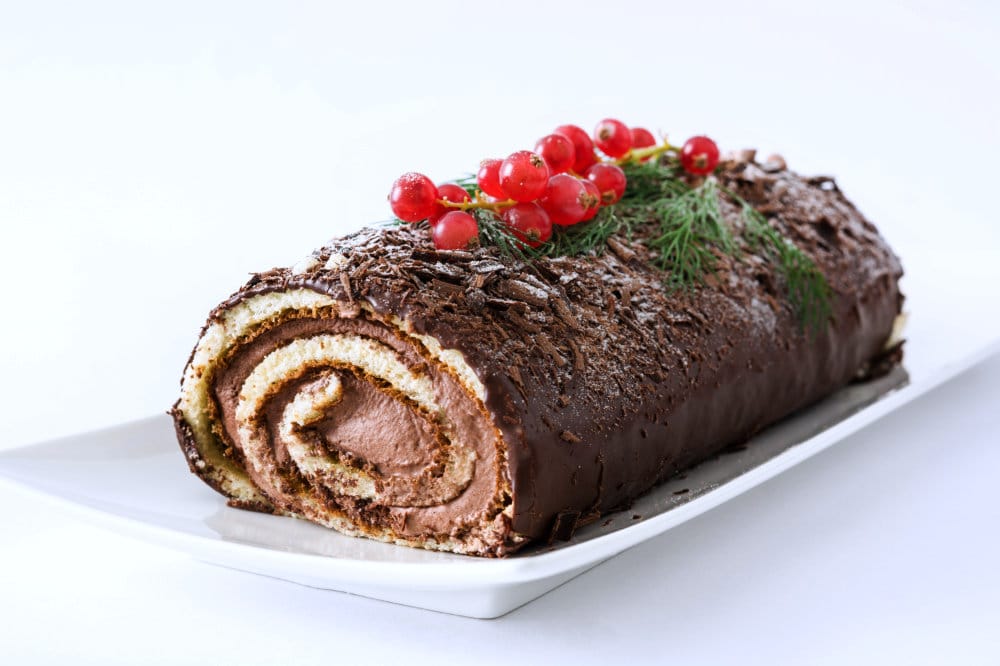
It is basically a chocolate roll cake, but can also come in other flavors such as strawberry. A similar cake is also served in France at Easter.
7. Classical Concert around the Eiffel tower
On New’s Year’s eve a concert is usually held around the Eiffel tower on the Champs de Mars, hosted by perennial host Stéphane Bern (one of the most famous tv personalities in France).
It usually starts in the early evening and is a classical concert with famous opera singers and classical musicians who are usually entertaining the crowds at the Opera Garnier or Philharmonie de Paris. The concert goes on for hours until the tv broadcast transfers over the Avenue de Champs Elysées for the festivities there.
8. Countdown on the Champs Elysées
If you are in Paris on New Year’s eve, you will notice that there are no fireworks at the Eiffel Tower, the festivities are on the Champs Elysées.
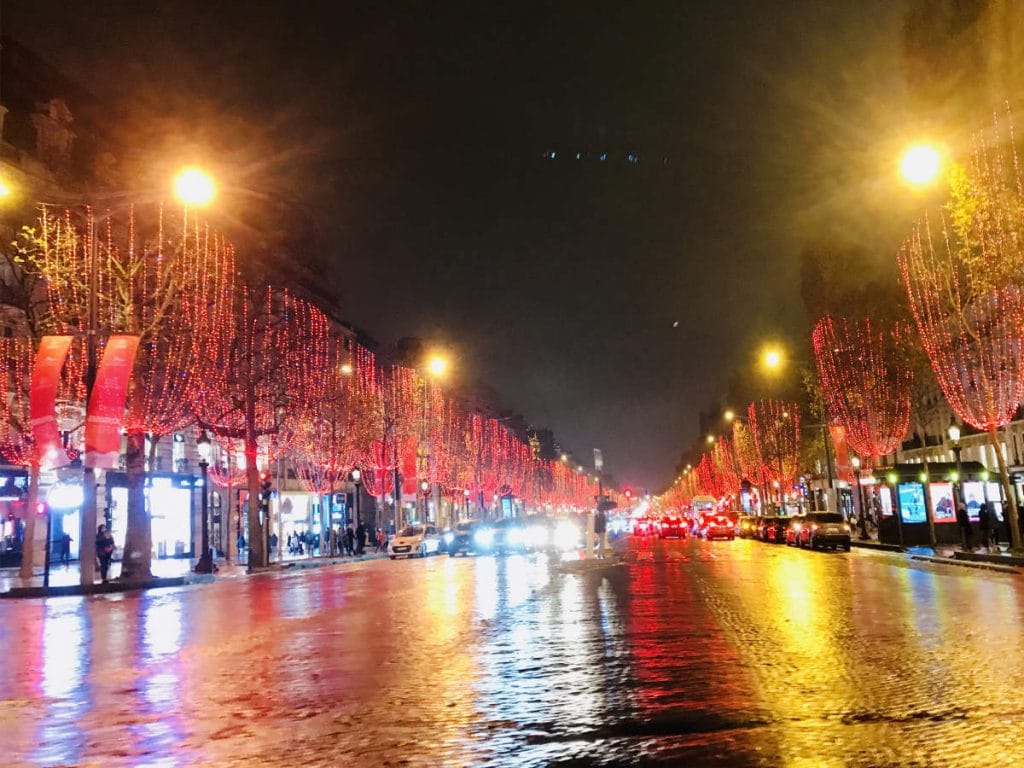
Crowds usually gather around the Arc de Triomphe to countdown to the year end on New Year’s eve with a light and music show.
From here, the countdown is usually broadcast all across the country on France télévision, the official state government channel. It usually gets quite crowded, so head over early or just catch it on tv from the comfort of your couch.
9. Late night public transport
Another New Year’s eve tradition in France is free late night public transport. In Paris as well as other large French cities, transport will be reduced to major lines but will be open all night and free for use. (Staying up all night is called having a “nuit blanche” or “white night”.
10. Sending cards
Many French people choose not to send Christmas cards, but rather New Year’s wishes by greeting card. People are often traveling right before January 1st, visiting family and friends, and so will send postcards or special pesonalized cards from their holiday.
The cards usually include a personal photo “from our family to yours”, giving best wishes for the upcoming New Year.
11. Giving etrennes (tips and gratuities)
Tipping is not common in France, as most people are expected to earn a proper wage at work. (In general, restaurant go-ers in France usually just leave a €2-3 for a meal as a tip.)
“Etrennes” on the other hand, is a traditional tip given usually at the start of the New Year in France. Ranging from €50-200 or more, it is usually given to the maid, concierge, gardien who take care of your apartment or home.
Small gifts such as chocolates are also given by children to school teachers before the school holiday break.
12. Galette de Roi and Epiphany
Just a few days after the start of the New Year, is the day to celebrate Epiphany in France. Three Kings’ day is not a public holiday but it is an important day in the French calendar.
January 6th is when French people get to pig out on a pastry from Brittany called the galette de roi.
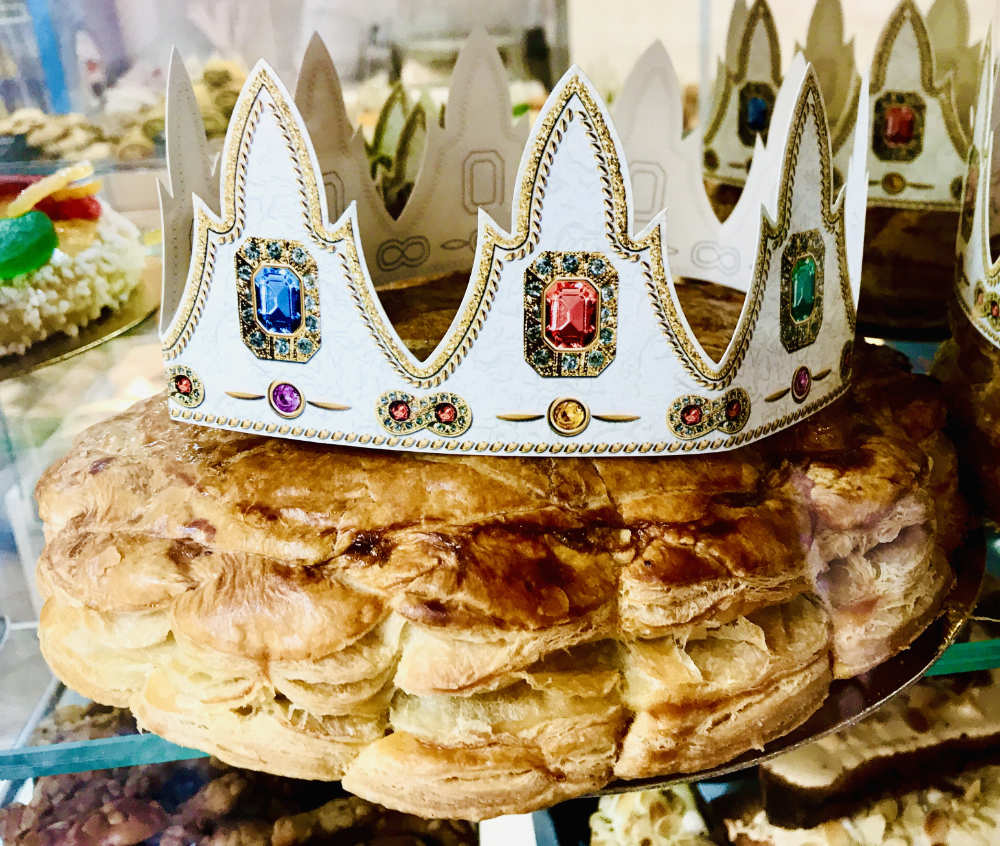
The pastry usually has a tiny figurine called a feuve is hidden by the baker within the galette de roi, and the person who finds it is crowned King or Queen for the day.
13. January winter sales
You might think all the excitement ends after the New year, but there are even more reasons to visit Paris in January. This is the start of the official Winter sales period (“les soldes d’hiver“) which start the 2nd week of January for four weeks. Who says there is nothing to celebrate in January?
The tradition of having the winter sales start right after the Christmas holidays, means that many French people save their big items to purchase during this period instead. It is a very busy time in stores, so be prepared to have your elbows out while shopping!

If you enjoyed that article, you may like to read more about the months of December and January in France. A bientôt!
